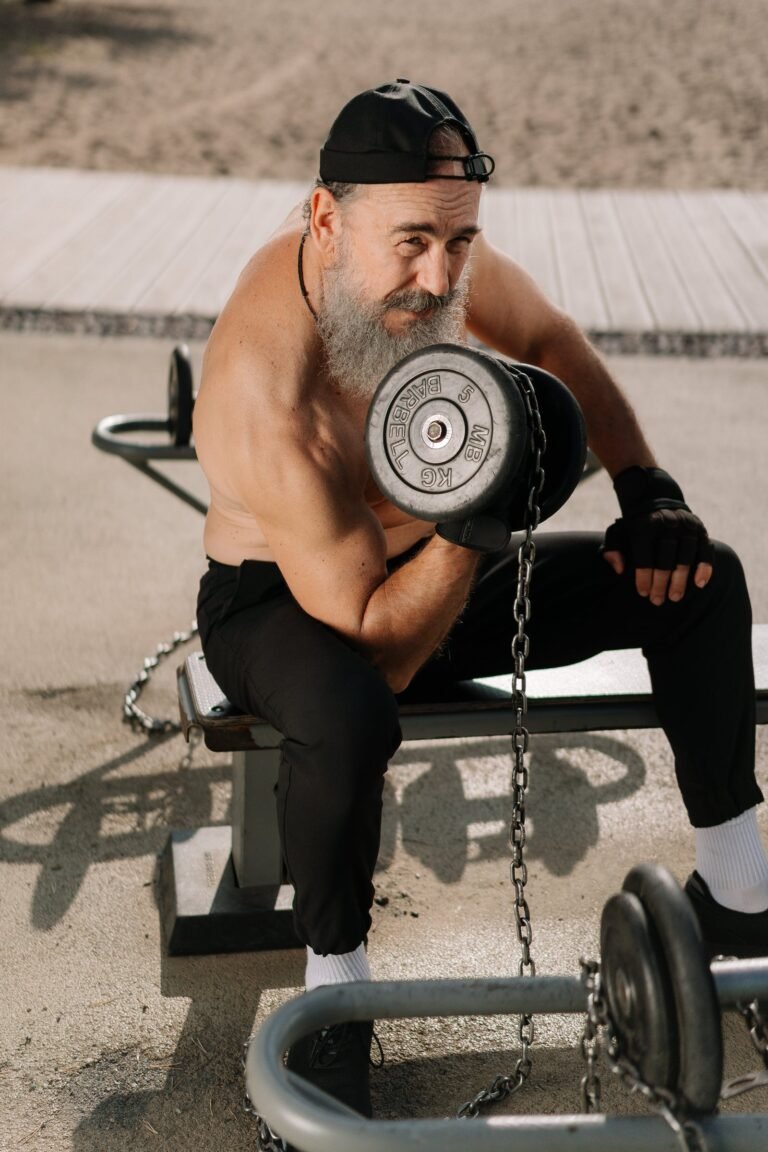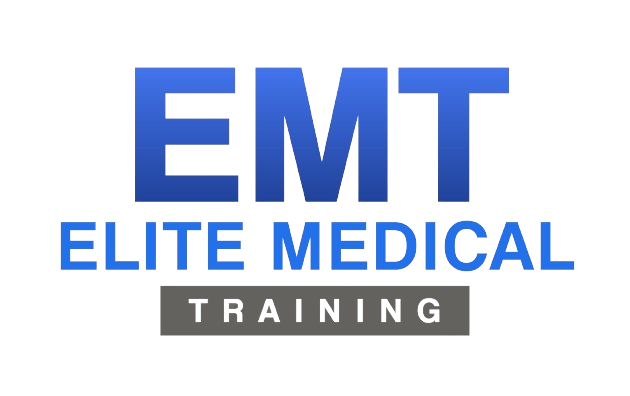As many of us have already noticed, muscle mass decreases with age. From her 40s in life, an adult loses 3-5% of muscle mass with each decade of her life, and after age 50 that loss increases to 1-2% per year. Muscles keep us strong, help us burn calories, help maintain muscle mass, and also contribute significantly to balance and bone strength. Without them, we would lose our independence and mobility. There is a possibility.
The upside: muscle mass can increase at any age in response to exercise. In a large and older weightlifting study of 100 male and female residents of a Boston nursing home (ages: 72-98; mean age: 87), subjects lifted weights with their legs three times. a week for 10 weeks.
Exercise can be energizing and help build muscle mass at any age.
Endurance decreases with age. In a comprehensive study of 3,000 men and women between the ages of 70 and 79, researchers investigated the relationship between the speed at which these subjects walked miles and their risk of premature death, disease, and death. cardiovascular disease and limited mobility. The results showed that those who walked the slowest (>6 minutes) had a higher risk of death, cardiovascular disease and mobility limitations than those who walked the distances shorter than 4 and a half minutes. In fact, every extra minute of walking was associated with an increased level of risk; about 13% of the participants couldn’t even run the distance due to fatigue or symptoms like shortness of breath, cramps, etc.
There’s good news that should encourage us all when it comes to fitness, endurance walking, and health. In a classic walking and mortality study of 700 men participating in the Honolulu Heart Program, the mortality rate among men who walked less than a mile a day was nearly twice as high as in those who walked less than a mile a day. people walk more than two miles every day. (Studies on women have shown similar results.) In another study, data collected on more than 41,000 men and women between 1990 and 2001 was analyzed to find a relationship between walking and mortality.

Flexibility as we age
Flexibility gradually decreases. The good news is that some, but not all, studies show improvements in flexibility when individuals participate in exercise programs that involve stretching exercises. Unfortunately, flexibility studies in the aging population are not as comprehensive as those of strength and endurance studies, but studies show that significant improvements in the range of motion of other joints (neck, shoulder, elbow, wrist, hip, knee, and ankle) may occur when stretching exercises are prescribed. It’s just not clear how much flexibility training older adults should do to maintain good range of motion and joint function.
Balance as we age
As balance declines with age, falling becomes a big issue for the elderly. As stated by the U.S. According to the Centers for Disease Control and Prevention (CDC), one in three Americans over the age of 65 falls each year, and among people, 65 to 84, falls are the second largest cause of spinal cord and brain injury and are responsible for 87% of all fractures. The good news is that exercise helps increase balance and lower the chance of falling. A study of 256 older persons (aged 70 to 92, with an average age of 77) who practiced tai chi for six months discovered that those who did it experienced 52% fewer falls than those who didn’t.
Can exercise improve our cognitive function and mood?
One of the most exciting areas of motion research is the study of cognitive function. What scientists have discovered so far is that neurons in the brain are special cells that help carry out all bodily functions, such as thinking, moving, sustaining life, and aiding memory. It is that the number starts to increase regularly after a day or a few days. Weeks increase activity. A study in which the researchers used his MRI machine to measure the amount of brain tissue in adults over the age of 55 yielded results consistent with other studies on aging and brain volume, suggesting that brain density increased. showed a significant reduction in brain tissue. This is a function of aging in the areas of the brain responsible for thought and memory, but more importantly, the loss of these areas as a function of cardiovascular health was greatly reduced. people with the most brain tissue.
How could fitness and more brain tissue help? Researchers have found that the healthiest seniors have the best scores on tasks such as coordination, scheduling, planning, and memory. And a recent study of 1,740 adults aged 65 and over found that those who walked three or more times a week had a 35% lower incidence of dementia than those who walked less than three days a week. rice field.
Research shows that 14% of men and 18% of women over the age of 55 suffer from depression. In young adults, exercise has been documented to reduce symptoms of depression, even rivaling the effects of antidepressants and psychotherapy in terms of efficacy. There are few studies on the effects of exercise. It’s safe to say that exercise has a mood-enhancing effect on most adults, regardless of age, if not a cure for depression in older adults. Talking to people reports what used to be called the “feel better” phenomenon after exercise. Moderate exercise, such as getting your heart pumping and blood pumping, activating your brain cells, and getting some fresh air, usually improves your mood and is recommended for almost everyone.
How do the elderly start and how often should they exercise?
- Flexibility Exercise: To maintain regular physical activity and the flexibility needed for daily living, older people should do at least 10 minutes of activity that maintains or improves flexibility at least two days a week.
- Balance Exercise: To reduce the risk of injury from falls, older people at high risk of falling (those who fall frequently or have mobility impairments) should exercise to maintain or improve their balance.
- Aerobic: To promote and maintain good health, older adults should engage in at least 30 minutes of moderate-intensity aerobic exercise 5 days a week or at least 20 minutes of vigorous activity 3 days a week.
- Resistance Exercise: To promote and maintain good health and physical independence, older adults benefit from engaging in activities that maintain or improve muscle strength and endurance at least two days per week. We recommend exercising 8-10 major muscle groups on non-consecutive days, at least two days per week.
There is no need to try to make up for years of inactivity overnight. In fact, you can get hurt or burn out quickly. Instead, start slow and increase gradually. If that means starting with just a 5-minute walk, so be it. In fact, one of my first and favorite plans is the Five Minutes Out, Five Minutes Back plan. Go outside for 5 minutes so you can be heard, turn around, and come back… Start your day with a 10-minute walk. If you’re feeling ambitious, you can do seven-and-a-half or ten minutes back and forth, or even add some stretching at the end. is. We recommend creating a weekly workout plan for the week starting today. Write down the days of the week, times of day, activity times, and scheduled activities. Be as specific and realistic as possible. When you start, remember that it doesn’t matter how much you do. just get started. Set and review goals each week for at least three months. This way, you can safely stay on course and make exercise a habit in your life.

